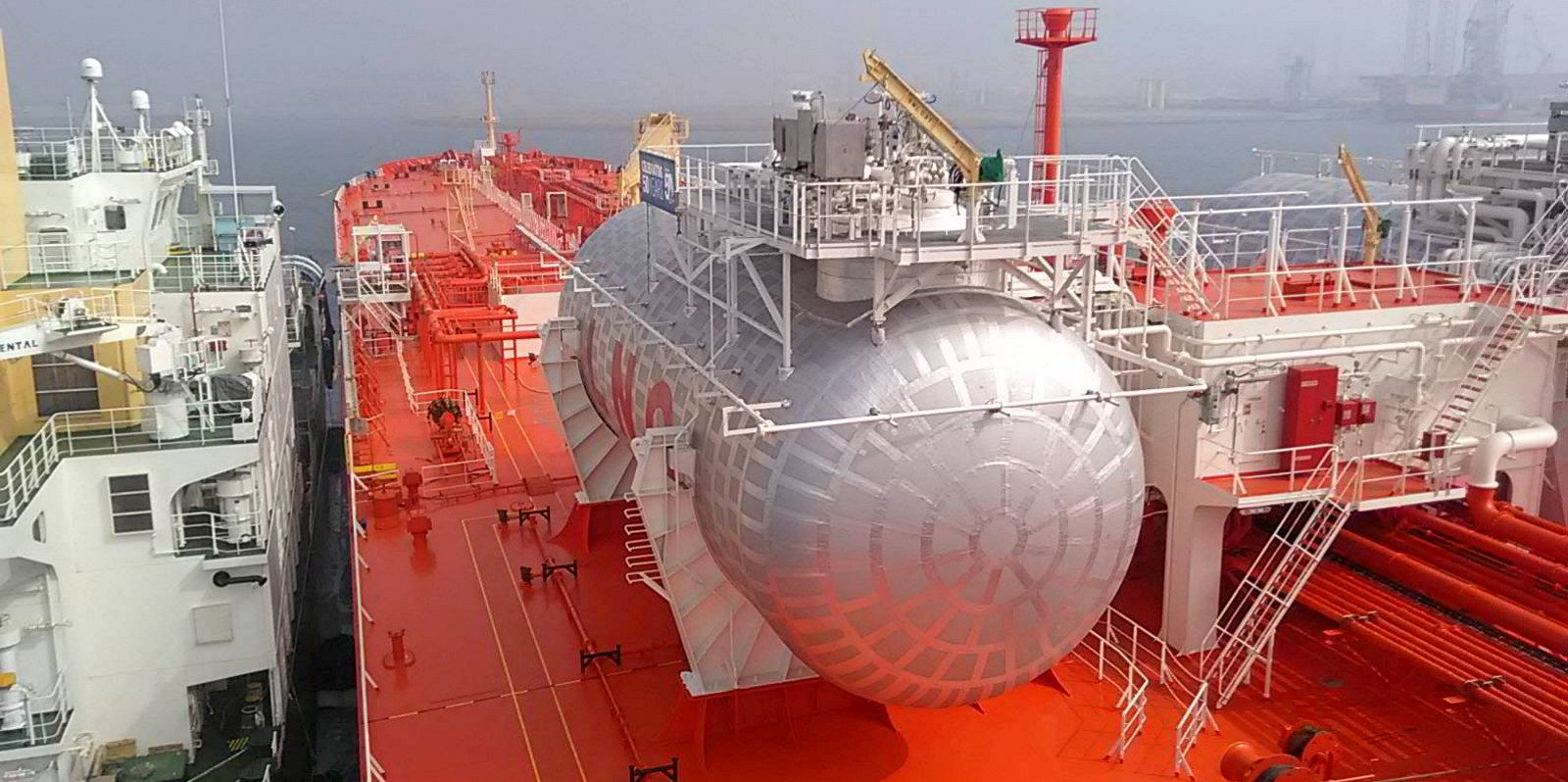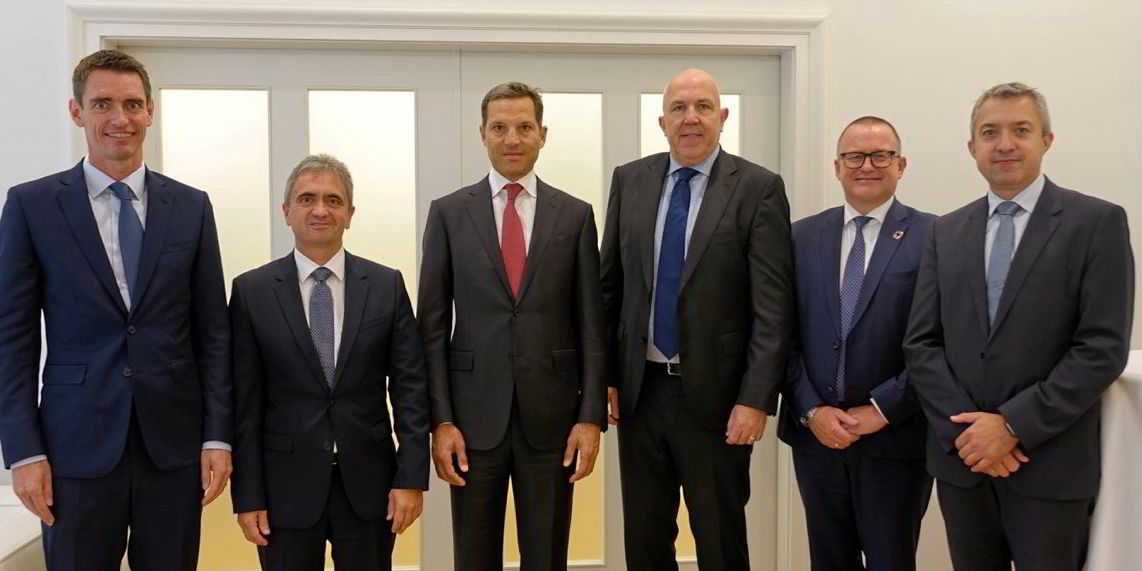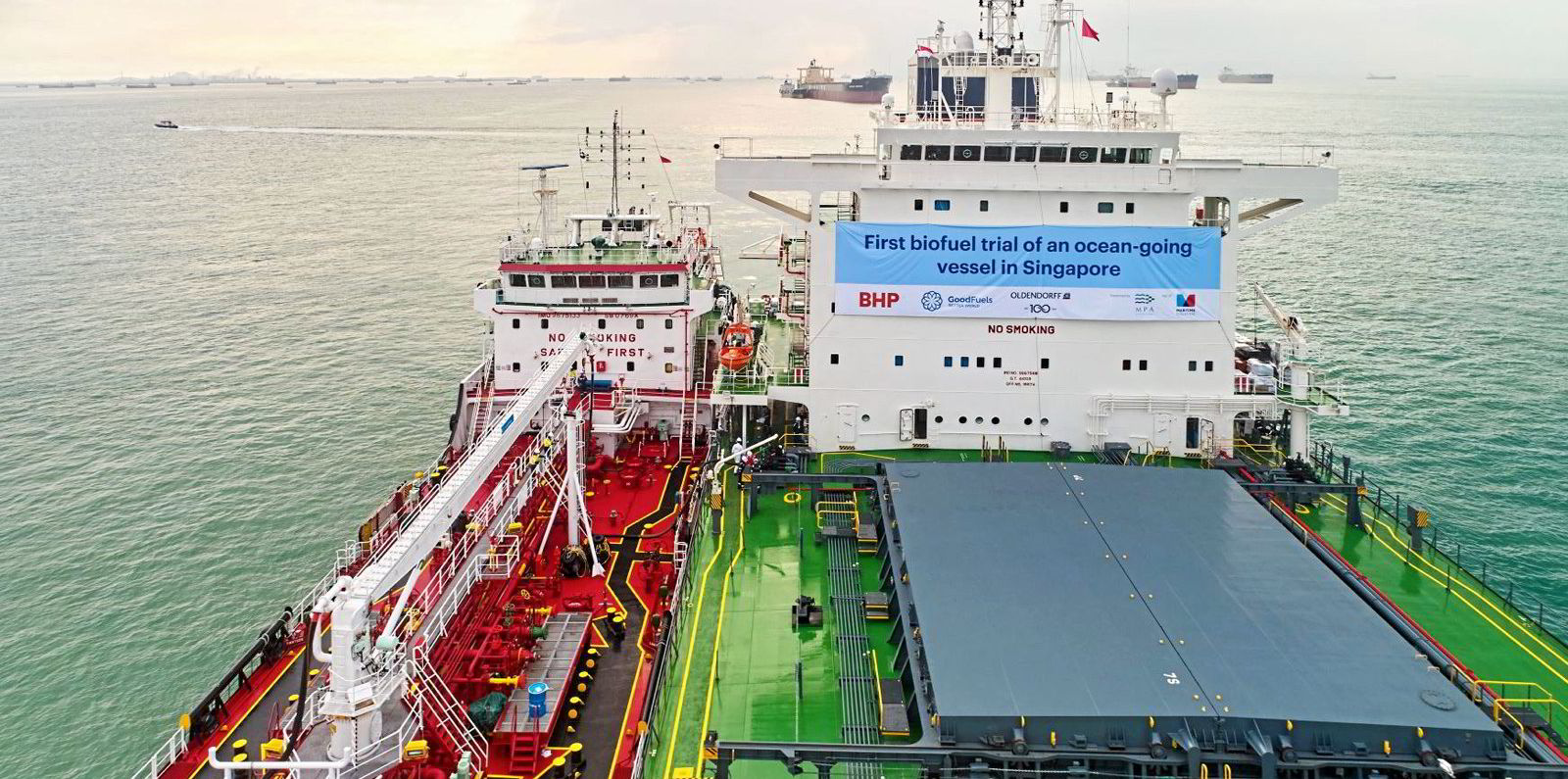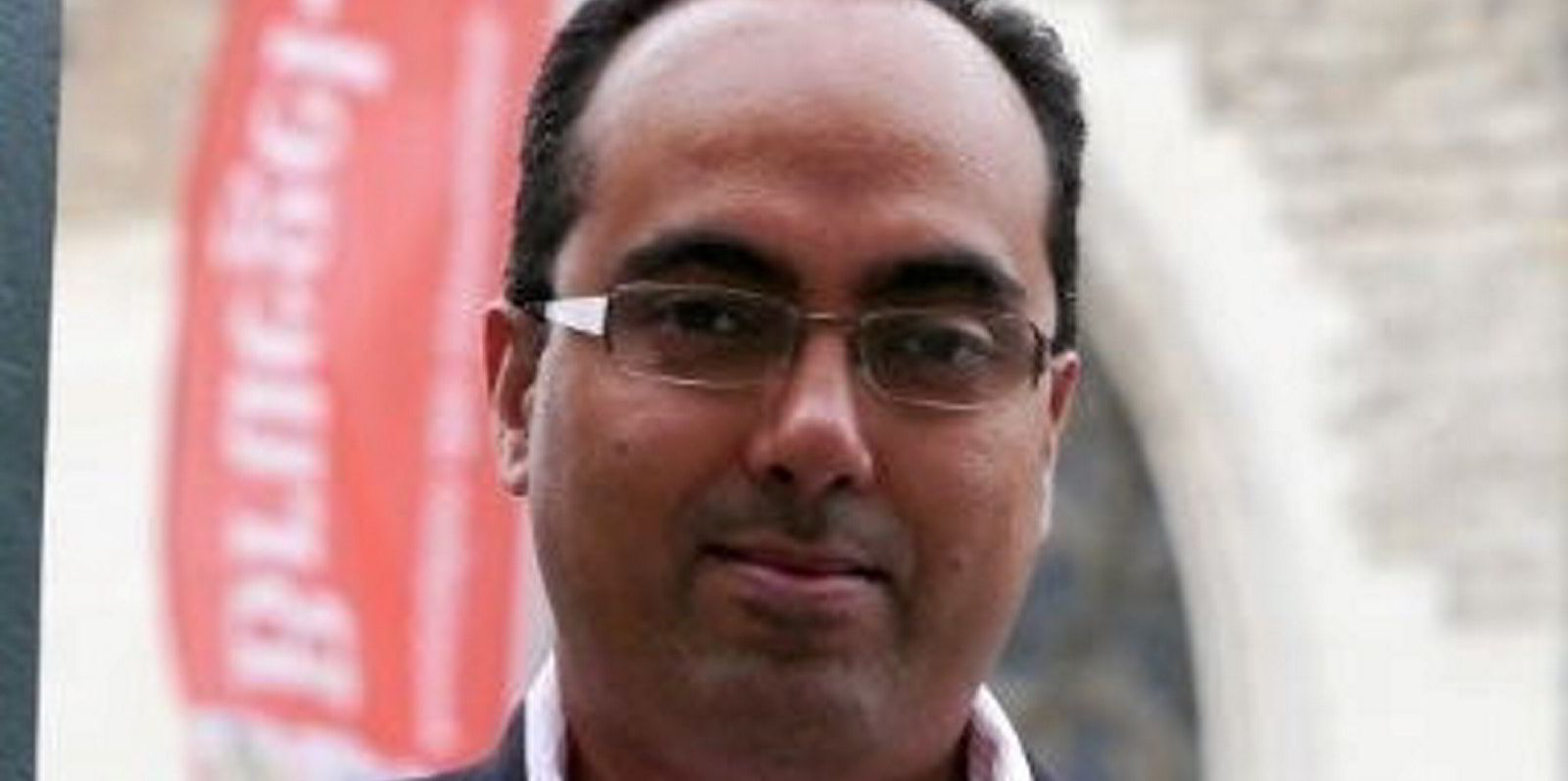The shipping industry will need to invest more than $3trn in low-emission vessels over the next 30 years to meet the International Maritime Organization’s decarbonisation target, a leading maritime researcher has estimated.
The IMO has aimed to halve greenhouse gas emissions from international shipping by 2050 to combat climate change, but ship technologies required to meet the goal are still under development.
During Capital Link's Decarbonisation in Shipping online forum on Thursday, Clarksons Research non-executive president Martin Stopford said total investment required could amount to $3.43trn based on his rough estimates.
“Building ships with the new technology … is going to cost a lot of money,” Stopford said. “The new, high-tech ships could easily cost a lot more than the existing ones.”
Billions needed
Stopford’s figures show the industry will need to spend $518bn in containerships, $509bn in bulk carriers, $395bn in gas carriers and $357bn in cruiseships.
Just $214bn investment in oil tankers and $319bn in offshore vessels are required, as their fleet expansions are expected to be curbed by peaking oil demand.
But $919bn is needed to decarbonise small cargo and non-cargo vessels, such as tugs, fishing boats and mini bulkers operating in coastal waters.
“[Different segments] have very different roles in the shipping market and will require different technologies and levels of investment,” Stopford said.
With shipowners historically relying on spot earnings for cash flows, Stopford suggested many could struggle to finance such massive spendings.
“There is barely enough money here to pay for the capital involved,” he said. “The traditional banks have pulled back. The sums of money are going to be very big.”
Stopford believes that shipowners will need to work with their clients to map decarbonisation routes as new technologies develop.
Charterers step-up
Major charterers, such as Shell and BHP, have been offering long-term charters to shipowners willing to build LNG-fuelled tanker and bulkers in recent quarters. Those ships emit less CO2 than vessels powered by conventional engines.
“The obvious starting point is to work with the charterers … In a sense, the charterers have to take the lead in deciding what sort of technology they want,” Stopford said.
To meet operational requirements for new types of vessels, he also reiterated his calls on shipping companies to develop new organisational structures rather than simply pursue new technologies.
Such structures probably need to have more “horizontal” design and “teams of people working together based on information management systems”, he added.
“Packing ships with telematic equipment is not necessarily a guarantee that you will be able to make it work,” Stopford said.
“The owners have to take the lead in building the organisations that can give the charterers the security to believe that they're going to get value for their money.”







